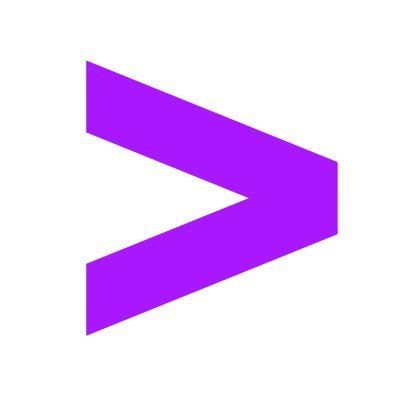
Accenture Behavioral Interview — Product Designer (Engineering/Song) Template
Purpose: Assess a Product Designer’s consulting mindset, client value creation, and ability to collaborate across global, cross‑functional teams within Accenture’s delivery model (Engineering, Song, Industry X). What interviewers look for (Accenture‑specific): - Client value creation and consulting presence: structured storytelling (STAR/SCQA), executive‑ready communication, comfort with ambiguity, scope change management, and stakeholder alignment across client, Accenture, and vendor teams. - Product thinking and outcomes: defining success metrics (KPIs/OKRs), hypothesis‑driven design, experimentation (A/B tests, usability studies), and tying design to business outcomes and adoption. - Enterprise‑scale execution: working with design systems at scale, accessibility (WCAG 2.2 AA), privacy/security and regulated‑industry constraints, and readiness for handoff into Agile/DevOps pipelines. - Collaboration in a global network: partnering with engineers, PMs, data/analytics, and change management; onshore/offshore coordination across time zones; clear documentation (Figma/Jira/Confluence) and DesignOps practices. - Change management and adoption: enablement, training, and communications to drive rollout; aligning with Accenture Song for experience strategy and Industry X for connected products when relevant. - Culture and values fit: stewardship, integrity, respect for the individual, best people, one global network, and inclusion & diversity; ethical use of AI and responsible innovation. Suggested 60‑minute flow: - 0–5 min: Introductions, role/engagement context, confidentiality note. - 5–30 min: Two deep‑dive STAR stories (impact, metrics, trade‑offs). Interviewer probes on problem framing, discovery, constraints, and delivery. - 30–45 min: Live stakeholder scenario (consulting/client situation) with clarifying questions and plan of action. - 45–55 min: Values, inclusion, and leadership prompts (coaching/mentoring, feedback culture, ethical design/AI). - 55–60 min: Candidate questions and wrap‑up (next steps, availability, mobility for client work). Sample prompts (behavioral and scenario‑based): - Tell me about a time you redesigned a complex B2B workflow for an enterprise client. What metric moved and how did you validate it? - Describe a situation where security/compliance (e.g., SOC 2/PII) constrained your design. What trade‑offs did you make and how did you gain sign‑off? - Share an example of aligning conflicting stakeholders (business sponsor vs. end users) under a fixed deadline/scope. - Walk me through how you established or scaled a design system across multiple product teams and regions. How did you govern contribution and adoption? - Tell me about collaborating with offshore engineering. How did you maintain design quality and velocity across time zones? - Give an example of measuring post‑launch outcomes and presenting results to client executives. - Describe how you embedded accessibility and inclusive research into your process. What changed because of it? - Scenario: A global client wants to ship in 3 weeks, but security review blocks release and analytics tagging isn’t ready. How do you proceed? - Share a time you used (or declined to use) AI‑powered features. How did you address ethics, bias, and explainability with the client? - Tell me about mentoring or leveling up a junior designer during a high‑pressure delivery. Evaluation rubric (weights): - Client impact & consulting presence — 25% - Collaboration & stakeholder management — 20% - Product thinking & metrics — 20% - Craft & systems at scale (incl. accessibility) — 15% - Communication & structure (STAR, clarity) — 10% - Values, inclusion, and stewardship — 10% Evidence to listen for: - Quantified outcomes (e.g., activation +12%, handling time −30%). - Clear problem framing, hypothesis, and measurement plan. - Inclusive design practices and regulatory awareness. - Effective cross‑border collaboration and DesignOps discipline. Red flags: - Vague stories without metrics or user impact. - Dismissive of engineers or stakeholders; weak conflict resolution. - Ignores accessibility, privacy/security, or change management. - Over‑indexes on visuals without product outcomes or feasibility. Notes for interviewers: Use consistent probes, ask for the candidate’s specific actions, and validate impact with data or stakeholder artifacts where possible. Close by sharing next steps and potential alignment with Accenture Song/Engineering engagements.
8 minutes
Practice with our AI-powered interview system to improve your skills.
About This Interview
Interview Type
BEHAVIOURAL
Difficulty Level
3/5
Interview Tips
• Research the company thoroughly
• Practice common questions
• Prepare your STAR method responses
• Dress appropriately for the role